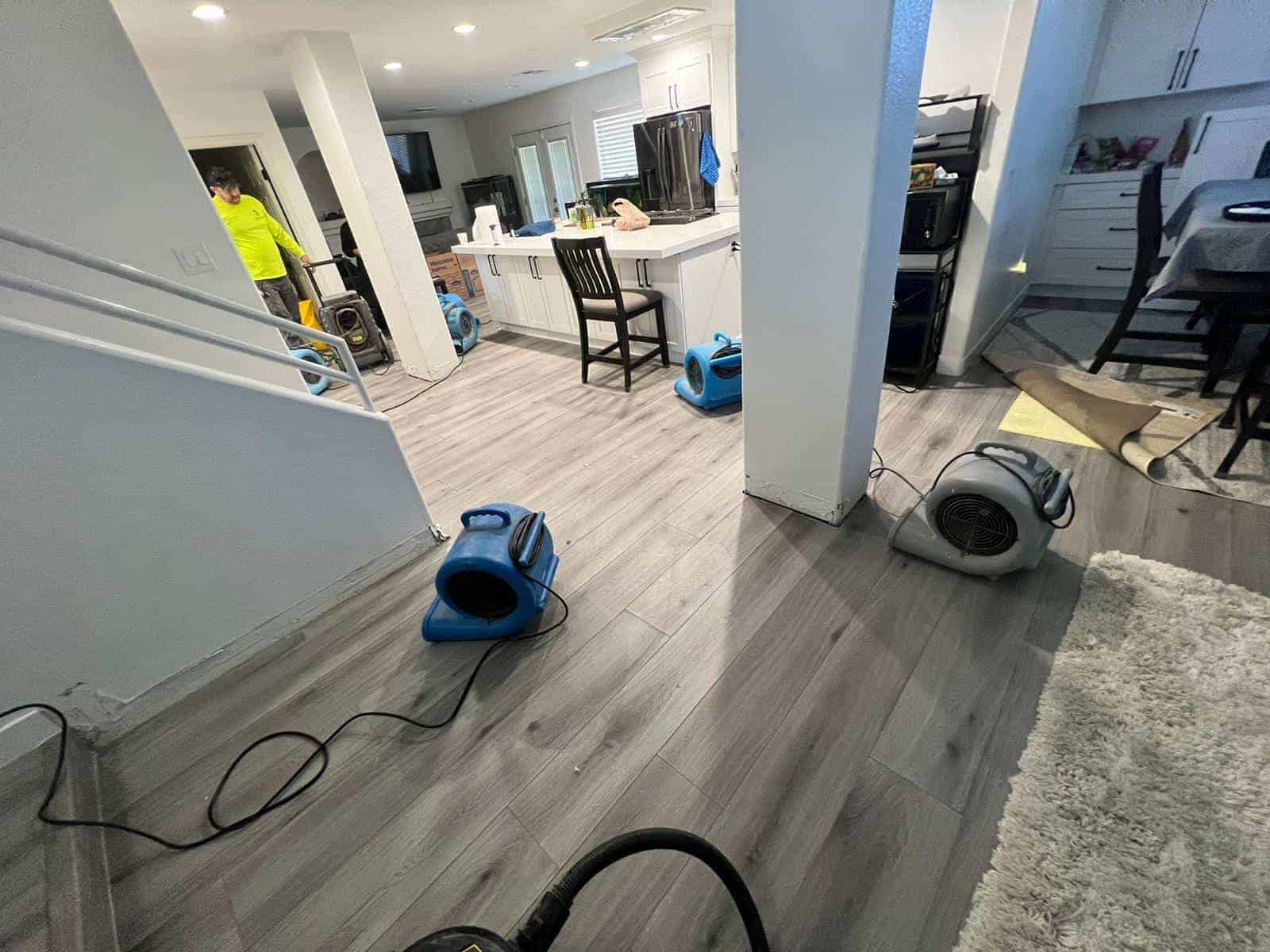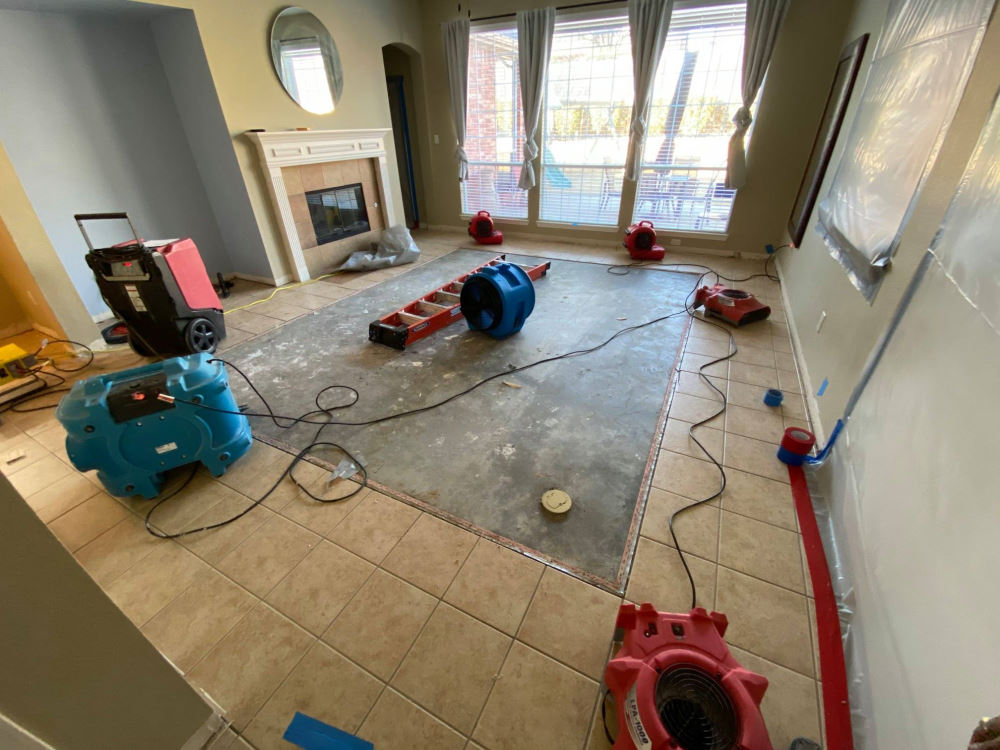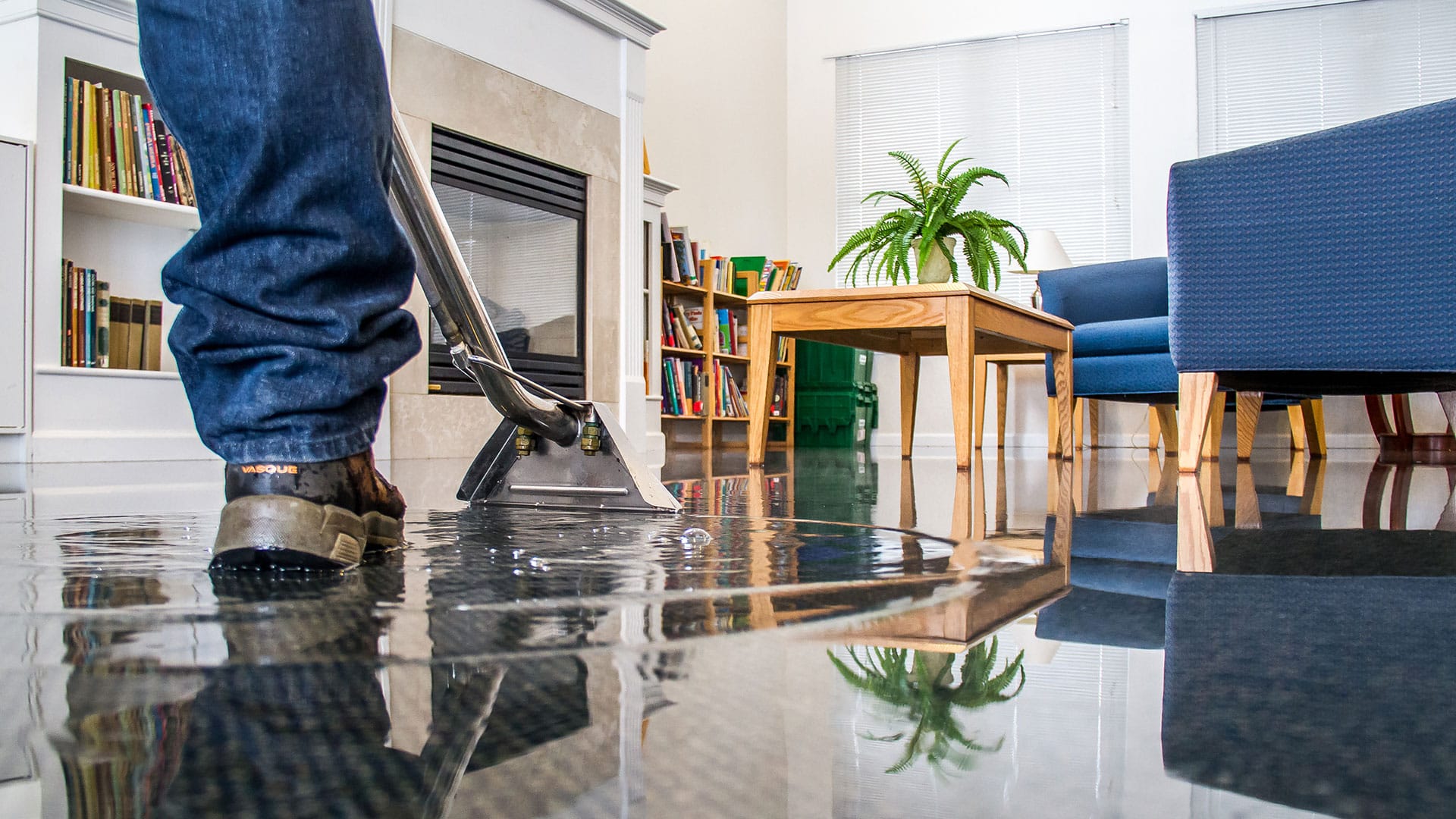Full-Spectrum Water Damage Repair Services for Complete Property Restoration
Wiki Article
The Refine of Water Damage Cleaning: Ensuring Your Home Is Brought Back Efficiently
Water damages can be a difficult obstacle for homeowners, requiring a organized and meticulous clean-up procedure to restore safety and security and functionality. A detailed assessment is vital to recognize the level of the damages and identify the proper removal procedures. Following this, reliable water removal techniques play a critical function in reducing additional damage. Nevertheless, the subtleties of drying out, disinfecting, and ultimate restoration are equally crucial and often neglected. Comprehending these phases can make a considerable difference in the result of your home's repair, triggering a closer check out what each action involves.Analyzing the Damage
Upon discovering water damages, the very first step is to extensively evaluate the extent of the influence. This first assessment is critical, as it assists figure out the essential actions for effective cleaning and remediation. Begin by evaluating the impacted locations, consisting of walls, ceilings, floorings, and personal items, to determine the resource of the water invasion, whether from flooding, leaks, or condensation.Recording the damages is crucial for both insurance policy cases and planning remediation initiatives - damage restoration services. Use pictures and created notes to catch the extent of the damage, keeping in mind any afflicted structural components and materials. Pay special interest to locations that might not be quickly visible, such as behind wall surfaces and under carpetings, as hidden wetness can result in more issues, including mold development
In addition, evaluate the timeline of the water exposure. Ultimately, a detailed analysis lays the foundation for a successful water damages clean-up procedure, making certain that all affected locations are resolved properly and extensively.
Water Removal Strategies

Experts commonly use submersible pumps for larger volumes of water, which can promptly relieve flooding in cellars or various other impacted locations. For smaller sized amounts, wet/dry vacuums are commonly utilized to extract residual dampness from rugs and hard surface areas. Furthermore, using portable extractors permits targeted elimination in constrained spaces or locations with delicate materials.
In instances of infected water, such as sewage or floodwater, progressed extraction strategies might include using biohazard devices to guarantee safety and conformity with health and wellness policies. High-powered extraction tools are essential in decreasing water retention in architectural materials, which can bring about mold growth and architectural wear and tear otherwise dealt with without delay.
Ultimately, the efficiency of water removal methods plays a crucial role in the general success of the water damages cleanup process, preparing for subsequent repair initiatives.
Drying and Dehumidification
Once standing water has actually been effectively drawn out, the following crucial stage in the water damage clean-up procedure is drying and dehumidification. This step is necessary to avoid further damage and mold and mildew growth, which can take place within 24 to 48 hours in moist atmospheres.To achieve effective drying out, specific equipment such as industrial-grade air movers and dehumidifiers is employed. Air moving companies distribute air throughout damp surface areas, enhancing evaporation prices, while dehumidifiers lower moisture degrees airborne, promoting a helpful atmosphere for drying. The combination of these tools makes sure that wetness is attracted out from floorings, home furnishings, and wall surfaces, allowing them to completely dry extensively.
It is very important to keep track of the drying out procedure carefully. Specialists often use wetness meters to analyze the dampness web content in numerous products, making certain that all affected locations get to acceptable dry skin degrees. This thorough strategy assists to avoid hidden dampness pockets that might result in structural damages or undesirable mold and mildew growth.

Cleaning and Disinfecting
After the drying and dehumidification phase is full, the next vital action in water damages cleanup is cleansing and sterilizing the affected locations. This procedure is crucial to avoid the development of mold, microorganisms, and other microorganisms that thrive in wet atmospheres.The cleansing phase usually entails getting rid of any type of debris, dust, and contaminants from surface areas utilizing specialized cleaning up agents. For tough surfaces, a mix of soap and water or industrial cleansing products is typically employed. Soft products, such as upholstery and rugs, may need more comprehensive cleansing methods, including vapor cleaning or deep extraction strategies, to guarantee detailed cleanliness.

Sterilizing adheres to cleansing, utilizing EPA-approved disinfectants to remove harmful microorganisms. This step is crucial, specifically in areas that may have come into call with floodwaters or sewage, as these resources can position major health threats.
In addition, it is necessary to address any type of staying smells, which may call for using smell neutralizers or innovative strategies like ozone therapy. Proper cleaning and sanitizing not only restore the safety and hygiene of your home yet additionally lay the foundation for effective repair and fixings in succeeding stages of the water damage clean-up process.
Reconstruction and Repair Work

As soon as the evaluation is full, repair efforts can start. Furthermore, flooring may call for comparable attention, depending on the level of water exposure.
It is critical to engage knowledgeable restoration professionals during this procedure, as they possess the proficiency to manage intricate repairs efficiently. In addition, they can help reduce potential future issues, such as mold development or architectural instability, thus making sure a habitable and safe living atmosphere. Ultimately, reliable restoration and repairs restore the home's integrity and enhance its overall value.
Verdict
In conclusion, the process of water damages cleaning is critical for restoring a home to its pre-damage condition. Each phase, from analyzing the damages to applying reliable water removal methods, complied with by extensive drying out, sterilizing, and required fixings, plays a vital duty in making sure safety and compliance with structure criteria. Efficient execution of these steps not only reduces immediate damages however likewise improves the long-lasting integrity and worth of the home.Water damages can be a daunting obstacle for homeowners, requiring a organized and precise cleaning procedure to recover safety and performance. Ultimately, a detailed assessment lays the groundwork for a successful water damage cleanup procedure, guaranteeing water damage restoration that all influenced areas are attended to efficiently and extensively.
Efficient water removal techniques are necessary in mitigating damage and stopping more difficulties adhering to a water intrusion event.In final thought, the procedure of water damages cleaning is critical for recovering a home to its pre-damage condition. Each phase, from examining the damages to applying effective water extraction strategies, followed by extensive drying, disinfecting, and necessary repair work, plays a necessary role in making sure security and conformity with structure criteria.
Report this wiki page